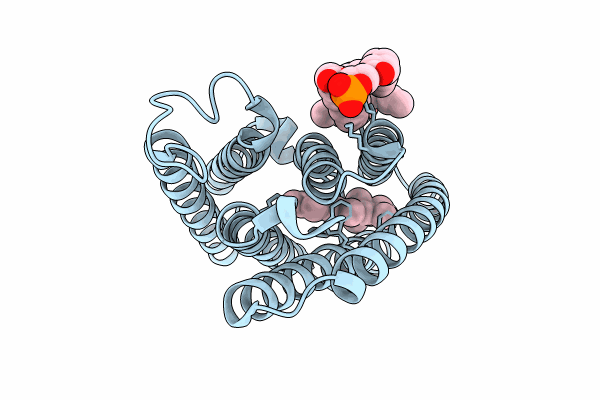
Deposition Date
2024-02-22
Release Date
2024-09-04
Last Version Date
2024-11-06
Entry Detail
Biological Source:
Source Organism:
Guillardia theta CCMP2712 (Taxon ID: 905079)
Host Organism:
Method Details:
Experimental Method:
Resolution:
2.73 Å
Aggregation State:
PARTICLE
Reconstruction Method:
SINGLE PARTICLE


